While my photography is mainly black and white, I do like colour and while very much an amateur dabble in watercolour with the aid of some very good teachers.






While my photography is mainly black and white, I do like colour and while very much an amateur dabble in watercolour with the aid of some very good teachers.





Dinorwic Quarry ceased to be a working quarry in 1969 and is now home to the National Slate Museum. Its workshops at Gilfach Ddu, however, have been preserved and on a wet and very dull September day in Llanberis made for a welcome photographic walk, and a stop for a warm lunch. The quarry face still looms above the workshops and the smell of smoke from the narrow gauge Llanberis Lake Railway filled the air. The interior of the workshops are an interplay of the light that seeps through the gothic windows with stone and metal of the fabric and tools that lie all over the place.



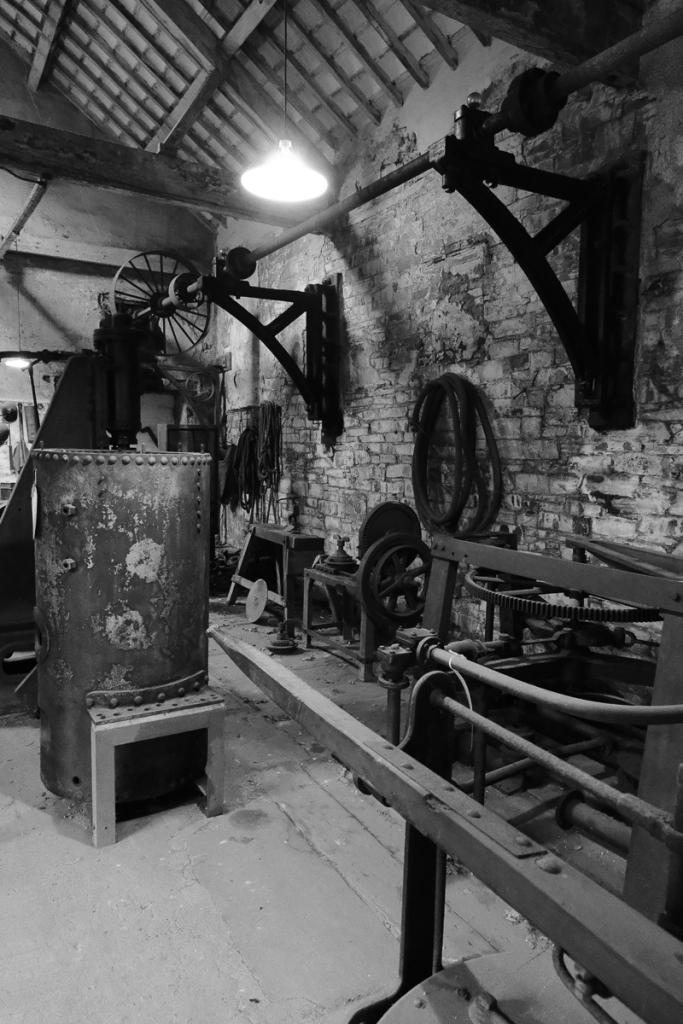





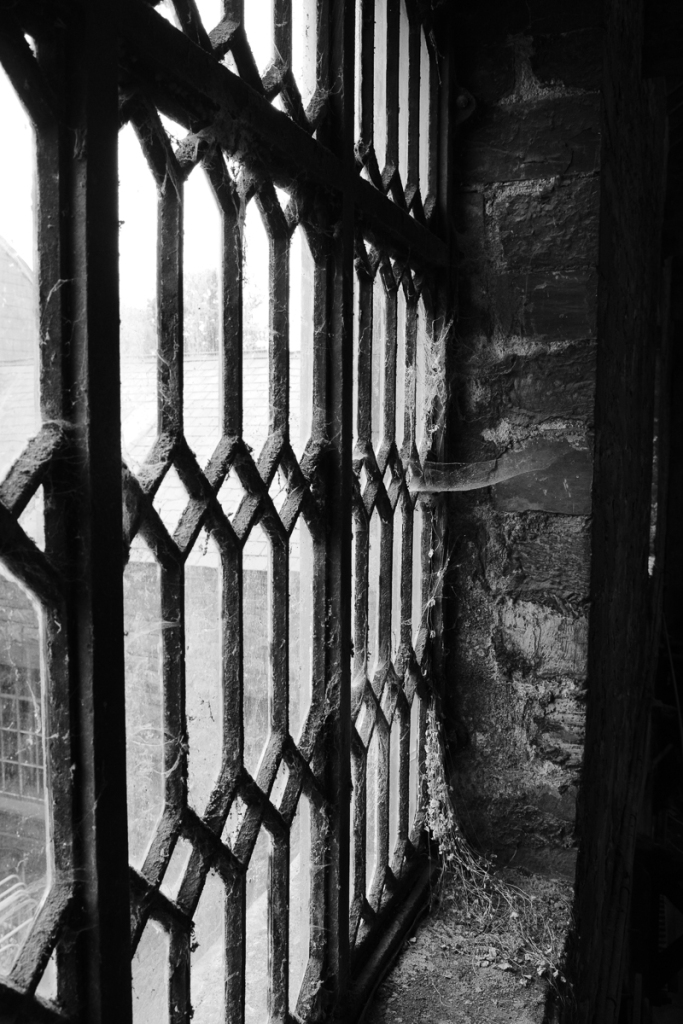

Opened in 1896, the 470 m long pier was originally used for pleasure steamers and was at one time due to be demolished. Much quieter for a stroll than nearby Llandudno pier, and all the more pleasurable for it.
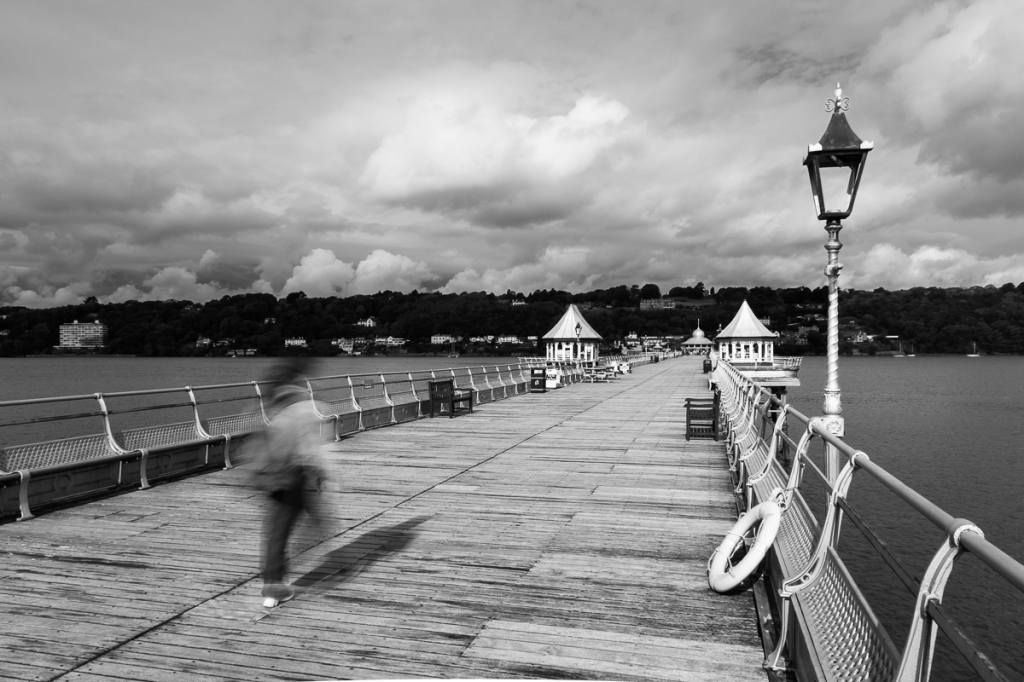

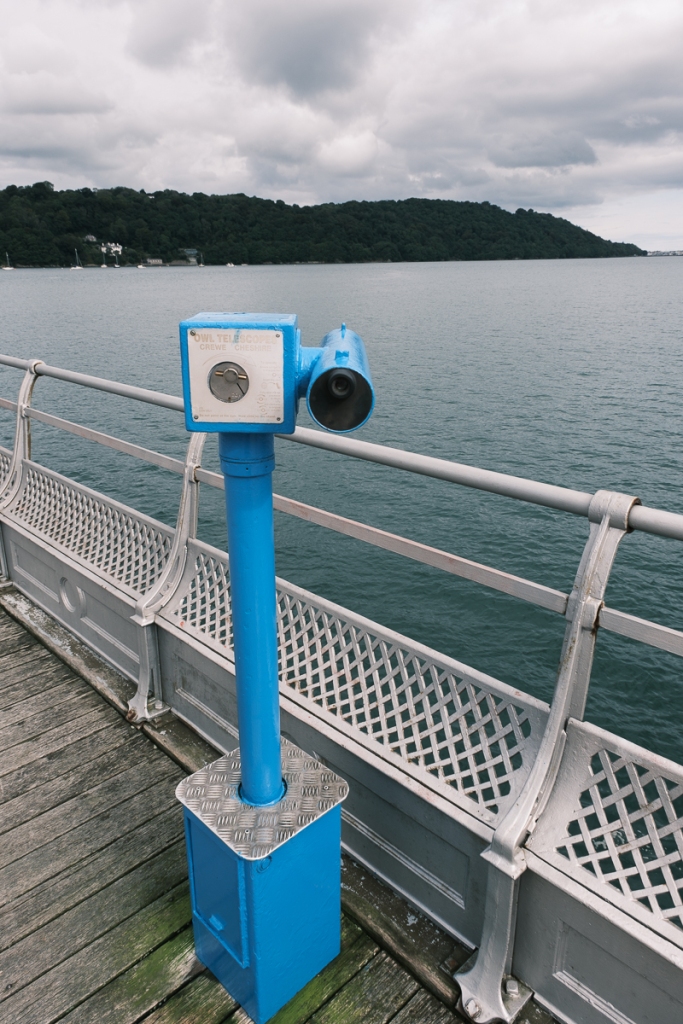



On a recent week spent in and around Eryri National Park in North Wales, one locality drew us back for several visits. Llyn y Dywarchen is a secluded little llyn compared to the many more famous ones around the National Park, several of which have become iconic photographic locations. It is located above the village of Drws y Coed in Dyffryn Nantlle, near Rhyd Ddu, a stop on the Welsh Highland Railway and a popular starting point for several longer walks. What makes it a little more special is the opportunity to photograph more intimate landscapes with foreground interest and using man made features as leading lines.
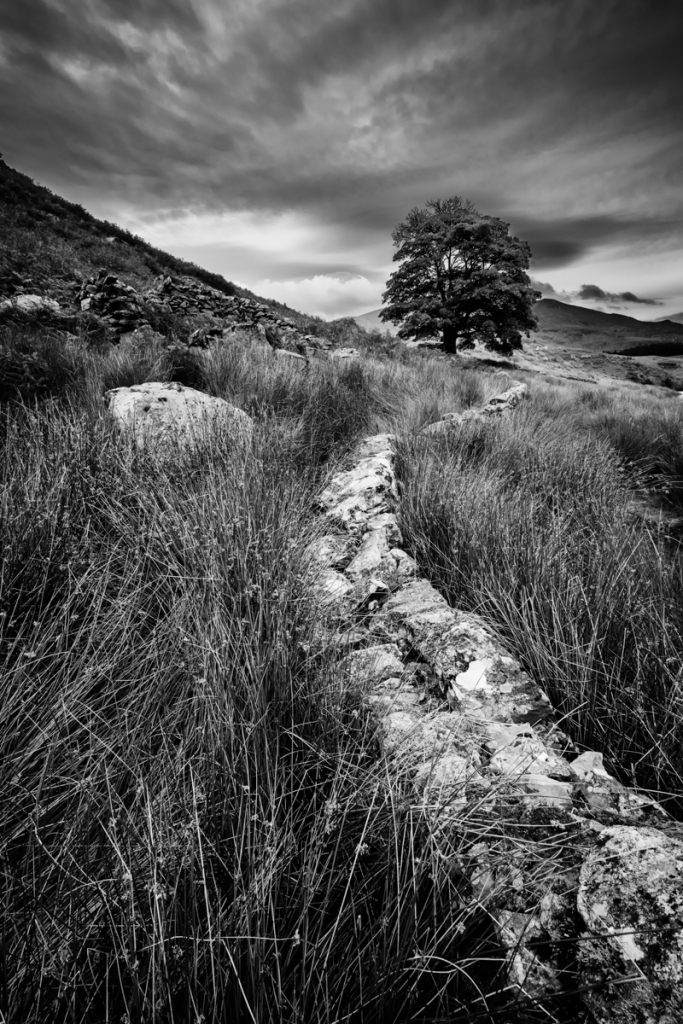
Llyn y Dywarchen is a readily accessible photographic location, with a small car park at the side of the llyn and the walk along the dam and around to the far side of the llyn on level ground, around 250 to 300m to reach the small ruin on the far side of the llyn from the car park. Yr Wyfdda is visible from the llyn though partly obscured by nearer hills and paths to higher ground are steep.

For centuries, the llyn was famous for its reported floating island with Giraldus Cambrensis noting in 1188 that was “driven from one side to the other by the force of the wind”. While such stories may seem more the subject of Welsh folklore, this one was seeming verified by none other than the astronomer Edmund Halley in 1698 reportedly swam out to check that it did indeed float! The island visible today most certainly is not floating, however, leaving one to wonder what became of Halley’s “floating island” – a section of floating peat bog perhaps?

